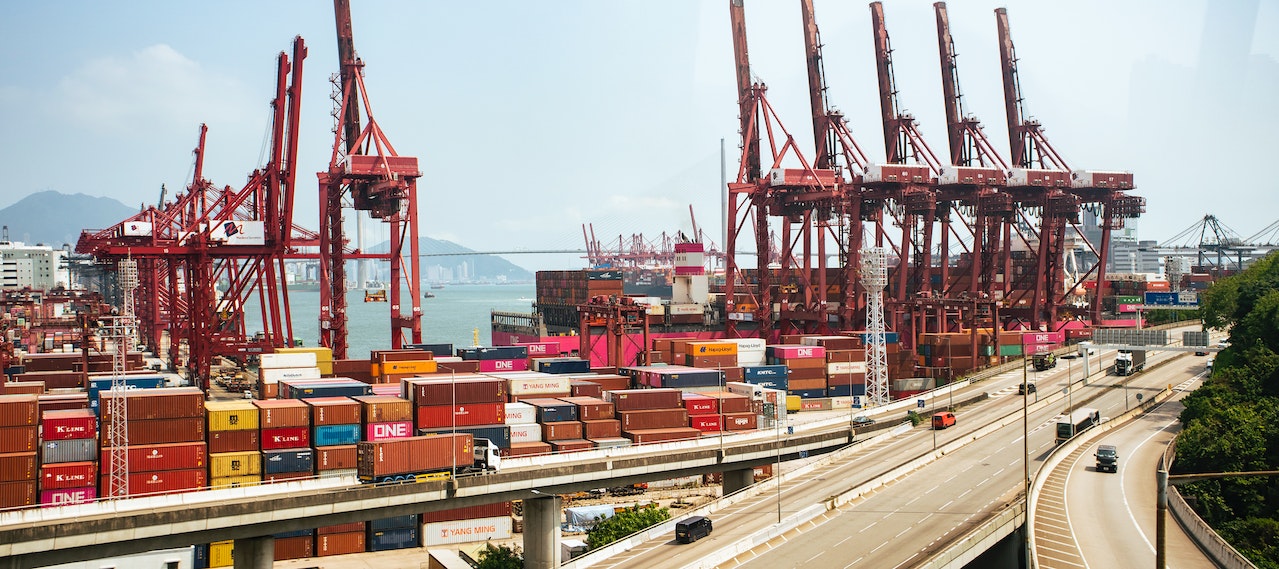Marine Services
Marine Services
Ports services, such as port services, are a specialized type of service that focuses on the movement of goods and people through ports. This type of service can include the loading and unloading of goods from ships, the coordination of shipping lanes, the management of docks and terminals, the storage of goods, and the provision of safety and security for port operations.
It may also include the coordination of passenger and cargo services such as ferry service, air cargo service, and other transportation services. Port services also provide services such as customs clearance, customs inspection, and cargo handling.
Protective
Agency
The service is responsible for patrolling, monitoring, and providing security for the port and its surrounding areas.
Husbandry
Agency
We also act as intermediaries between buyers and sellers, helping to ensure that transactions are fair and transparent.
Cargo
Agency
We coordinate the shipping of the goods, tracking of the shipments to the intended destination in a timely and safe manner.
Crew
Support
These personnel provide technical, operational, and administrative support to the crew, and often provide remote guidance.
Logistic
Services
Logistics services can include warehousing, freight forwarding, inventory management, order fulfillment, to better manage their supply chains.
Dry-Docking
Agency
This may include vessel maintenance, dry-docking and refloating, hull cleaning and painting, repairs, and inspections.

We Make Creative Solutions in Shipping and Marine Services
Developing an automated system for tracking and managing shipments: This would involve using technology to track, manage and monitor the entire shipping process. This could include using GPS tracking to monitor vessels, using sensors to track cargo and containers, and using automated systems to manage inventory.
Automating the scheduling and routing of vessels: This would involve using algorithms to create efficient routes for ships, as well as to schedule arrivals and departures. This could involve using predictive analytics to anticipate future demand, as well as to optimize vessel utilization.
Implementing a digital platform to streamline communications: This would involve creating a central platform for communication between shippers and carriers. This could involve a web-based platform or mobile app that allows for messaging, document sharing, and other communication tools.
Introducing blockchain technologies to improve security and transparency: This would involve using blockchain technologies to provide a secure and transparent record of transactions between shippers and carriers. This could include using smart contracts to automate the execution of transactions.
